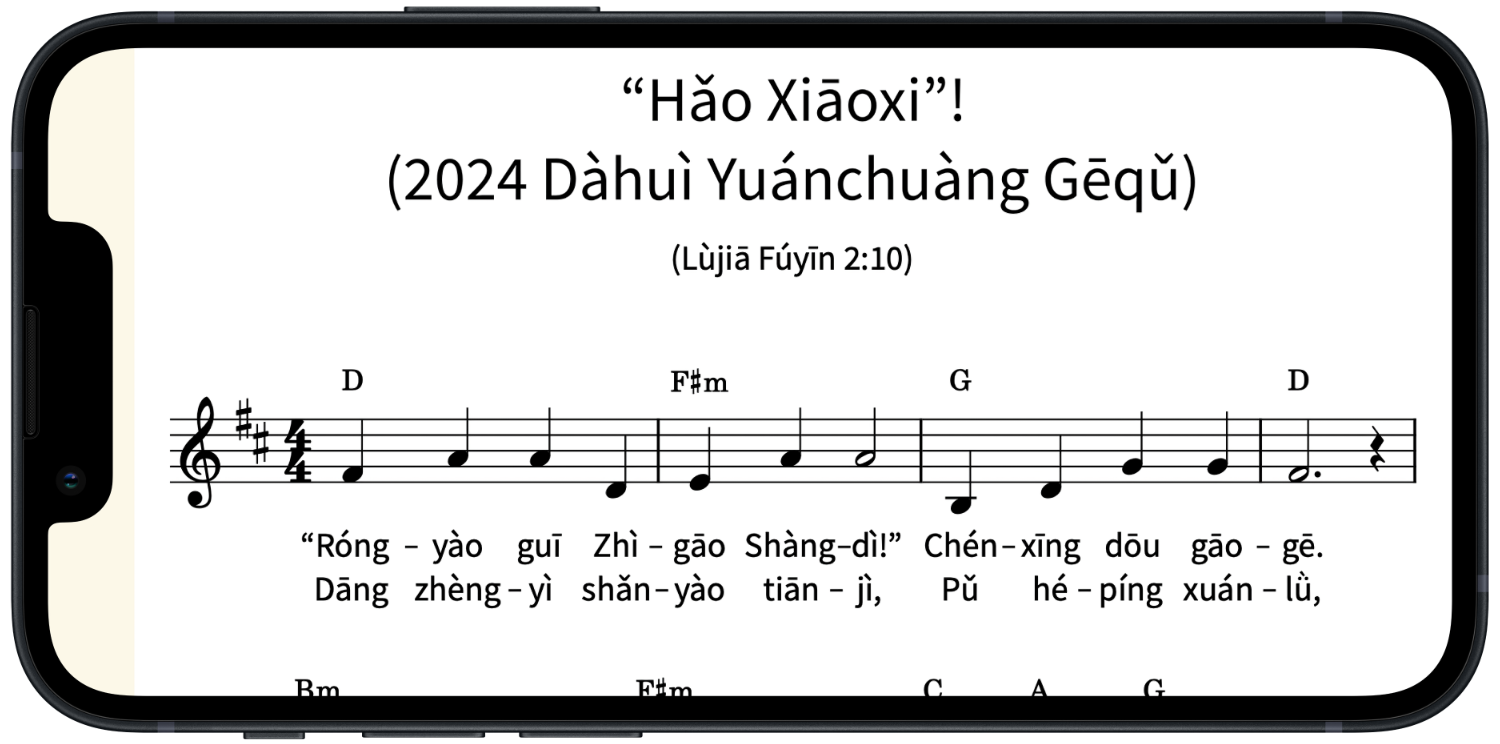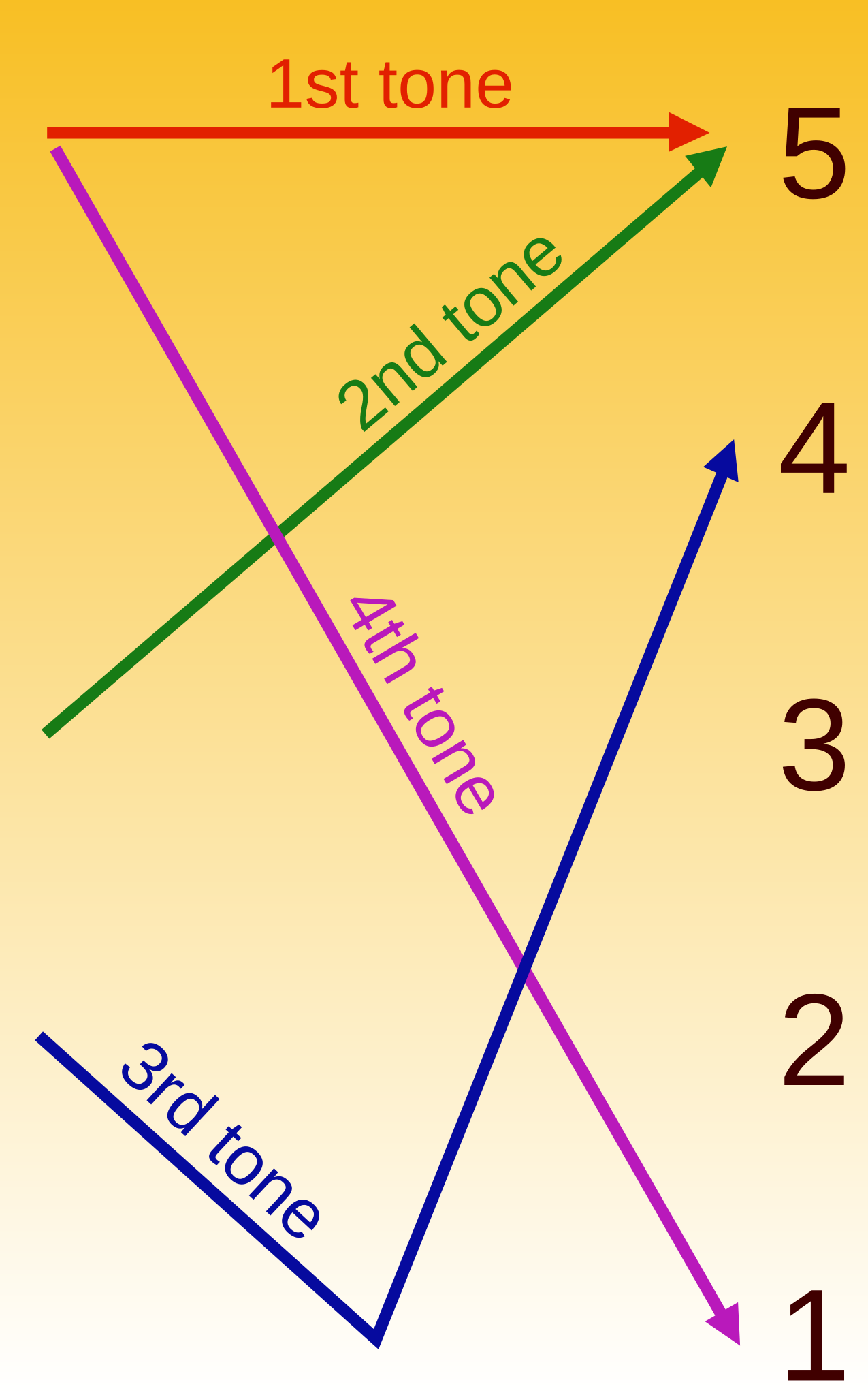quèzáo (què·záo firmly; indeed; truly; really · {[is] chiselled} → [[is] [(shown) to be] conclusive; authentic; irrefutable] 确凿 確鑿) ← Tap/click to show/hide the “flashcard”
[Notes: Tap/click on a Pīnyīn (Pīn·yīn {Piecing Together of} · Sounds → [Pinyin] 拼音) expression to reveal its “flashcard”; tap/click on a “flashcard” or its Pīnyīn (Pīn·yīn {Piecing Together of} · Sounds → [Pinyin] 拼音) expression to hide the “flashcard”. 📖 📄 📘 icons mean 📖 Reveal All, 📄 Reveal Advanced, and 📘 Reveal None re all the “flashcards” in the heading, paragraph, etc. that they are placed at the beginning of.]
The Shēngmìng Láizì Chuàngzào Ma? ((Shēngmìng Life 生命) (Lái·zì Came · From 来自 來自) (Chuàng·zào Initiating · {Making, Creating} → [Creating] 创造 創造) (Ma [? ptcl for “yes/no” questions] 吗 嗎)? → [Was Life Created? (lc)]) (Was Life Created? (lc)) brochure and the Shēngmìng de Qǐyuán—Zhíde Sīkǎo de Wǔ Ge Wèntí ((Shēngmìng Life 生命) (de ’s 的) (Qǐ·yuán {Rising → [Starting]} · Source → [Origin] 起源/原)—(Zhí·de Worth · Getting → [Worth] 值得) (Sī·kǎo {Thinking About} · Examining 思考) (de ’s 的) (Wǔ Five 五) (Ge [mw] 个 個/个) (Wèn·tí Asking · Subjects → [Questions] 问题 問題) → [The Origin of Life—Five Questions Worth Asking (lf)]) (The Origin of Life—Five Questions Worth Asking (lf)) brochure were originally published back in 2010, but relatively recently, the English version of the Was Life Created? brochure was updated to the December 2022 Printing, and the Mandarin version of it was updated to the February 2023 Printing. Also, the Was Life Created? brochure and the Origin of Life brochure are now in the Teaching Toolbox section in the JW Library app. So, it would be good to consider some of the expressions used in the Mandarin versions of these publications that can be so helpful when discussing whether life was created.
Is That a Fact?
Many people today dogmatically declare, “Evolution is not just a theory, it’s a fact, a fact, I say, a fact!”
This week’s MEotW, “quèzáo (què·záo firmly; indeed; truly; really · {[is] chiselled} → [[is] [(shown) to be] conclusive; authentic; irrefutable] 确凿 確鑿)”, can be useful when discussing this subject. It can be seen in use in the last paragraph of section 1 of the Origin of Life brochure, which section is entitled, in English, “How Did Life Begin?”:
Given the facts, are you willing to make such a leap? Before answering that question, take a closer look at the way a cell is made. Doing so will help you discern whether the theories some scientists propound about where life came from are sound or are as fanciful as the tales some parents tell about where babies come from.
Mandarin (WOL, Pīnyīn (Pīn·yīn {Piecing Together of} · Sounds → [Pinyin] 拼音) Plus):
📖 📄 📘 Kànguo (Kàn·guo {looking at} · {having passed} → [having looked at] 看过 看過) yǐshàng (yǐ·shàng at · above’s 以上) shìshí (shì·shí matters · {being solid} → [facts] 事实 事實) zhīhòu (zhī·hòu it · {after (that)} 之后 之後), nǐ (you 你) xiāngxìn (xiāng·xìn it · {do believe (that)} → [do believe (that)] 相信) shēngmìng (life 生命) shì (was 是) pèngqiǎo (pèng·qiǎo {having bumped into} · {being coincidental} → [by chance] 碰巧) chǎnshēng (chǎn·shēng {given birth to → [produced]} · {given birth to → [caused to exist]} → [brought into being] 产生 產生) de ({’s (thing)} 的) ma ([? ptcl for “yes/no” questions] 吗 嗎)? Huídá (Huí·dá {circling back} · {to answer} 回答) zhèige (zhèi·ge this · [mw] 这个 這個) wèntí (wèn·tí asking · subject → [question] 问题 問題) zhīqián (zhī·qián it · {before (that)} 之前), qǐng (please 请 請) zǐxì (zǐ·xì {the young of domestic animals → [with attention to detail]} · {finely → [carefully]} 仔/子细 仔/子細) kànkan (kàn·kan {look at} · {look at} 看看) xìbāo (xì·bāo tiny · womb → [cell] 细胞 細胞) de (’s 的) gòuzào (gòu·zào {constructing → [structure]} · making → [structure] 构造 構造). Zhèyàng (Zhè·yàng this · {form of → [way of]} 这样 這樣) zuò (doing 做) néng (can 能) bāngzhù (help 帮助 幫助) nǐ (you 你) kànchū (kàn·chū see · out 看出), yìxiē (yì·xiē one · {indefinite number of} → [some] 一些) kēxué‐jiā ((kē·xué {branches of study} · learning → [science] 科学 科學)‐(jiā -ists 家) → [scientists]) jiù (regarding 就) shēngmìng (life’s 生命) qǐyuán (qǐ·yuán {rising → [starting]} · source → [origin] 起源/原) tíchū (tí·chū {carry (hanging down from the hand) → [raise] → [refer to]} · out 提出) de (’s 的) lǐlùn (lǐ·lùn reasonings · {discussings → [theories]} → [theories] 理论 理論) jiūjìng (jiū·jìng {studied carefully → [actually]} · {in the end} 究竟) shì (are 是) zhèngjù ({(by) evidence} 证据 證/証據) quèzáo (què·záo firmly · chiselled → [(shown) to be irrefutable] 确凿 確鑿) de ({’s (theories)} 的), háishi (hái·shi {still more → [or]} · are 还是 還是) xiàng (as 像/象) yǒuxiē (yǒu·xiē {(there) are having → [(there) are]} · some 有些) fùmǔ (fù·mǔ fathers · mothers 父母) jiěshì (jiě·shì {untying → [solving]} · explaining 解释 解釋) bǎobao (bǎo·bao treasures · treasures → [precious/darling babies] 宝宝 寶寶) cóng (from 从 從) nǎli (nǎ·li which · inside → [where] 哪里 哪裡/裏) lái (come 来 來) shí ({(particular) times} 时 時) suǒ ({those which (they)} 所) shuō (say 说 說/説) de ({’s (things)} 的) nàyàng (nà·yàng that · {form → [way]} 那样 那樣) méiyǒu (méi·yǒu not · having 没有 沒有) gēnjù (gēn·jù root · evidence → [basis] 根据 根據).
Looking at the morphemes in “quèzáo (què·záo firmly; indeed; truly; really · {[is] chiselled} → [[is] [(shown) to be] conclusive; authentic; irrefutable] 确凿 確鑿)”, “què (firmly; indeed; truly; really 确 確)” can mean “firmly” or “indeed”, and indeed, it appears in the expression “díquè (dí·què {in reality}; truly; really · indeed; truly; really; certainly 的确 的確)”, which means “indeed”. As for “záo (chisel (v or n) 凿 鑿)”, in this context, this expression means “chiselled”. Taken together then, the morphemes in “quèzáo (què·záo firmly; indeed; truly; really · {[is] chiselled} → [[is] [(shown) to be] conclusive; authentic; irrefutable] 确凿 確鑿)” literally mean something like “firmly chiselled”, and are used to effectively mean “[(shown) to be] conclusive; authentic; irrefutable”.
What Is Actually Rock Solid?
While evolution is believed in by many in the world today, the evidence, such as that discussed in the Origin of Life brochure, shows that it is actually creation that is zhèngjù ({(by) evidence} 证据 證/証據) quèzáo (què·záo firmly · chiselled → [(shown) to be irrefutable] 确凿 確鑿) de ({’s (teaching)} 的), rock solid, as if chiselled in stone, firmly.
Similarly, in Mandarin language learning, many, because of the weight of long tradition and much worldly propaganda, believe in prioritizing Chinese characters, but it’s actually the modern linguistic principle that speech is primary, and writing is secondary that is zhèngjù ({(by) evidence} 证据 證/証據) quèzáo (què·záo firmly · chiselled → [(shown) to be irrefutable] 确凿 確鑿) de ({’s (teaching)} 的), by evidence from both modern linguistics and God’s Word itself.
For example, on their podcast called Lingthusiasm, linguists Lauren Gawne and Gretchen McCulloch said:
Lauren: I think that is one of the things that makes it really hard for people who grow up in highly literate, highly educated societies to tease writing and reading apart from language. But actually, when you step back, you realise that writing is actually super weird.
Gretchen: It’s so weird! It’s this interesting – it really is a technology. It’s a thing you do on top of language to do stuff with language, but it’s not the language itself. There are thousands and possibly millions of languages that have never been written down in the history of humanity. We have no idea. We’ve never met a society of humans, or heard of a society of humans, without language. But those are spoken and signed languages, which are just kind of there. Writing, by contrast, was invented somewhere between 3 and 4 times in the history of humanity.
Of course, in keeping with the rock solid, evidence-based Bible teaching that God created us, rather than saying that spoken languages “are just kind of there”, we would say that God purposely created us to primarily use language through his gift of speech. It’s not surprising then, that God’s Word the Bible contains the following passage at 1 Corinthians 14:8–11, which emphasizes the primary importance of understandable speech, while not bothering to even mention the mere human invention of writing:
8 For if the trumpet sounds an indistinct call, who will get ready for battle? 9 In the same way, unless you with the tongue use speech that is easily understood, how will anyone know what is being said? You will, in fact, be speaking into the air. 10 It may be that there are many kinds of speech in the world, and yet no kind is without meaning. 11 For if I do not understand the sense of the speech, I will be a foreigner to the one speaking, and the one speaking will be a foreigner to me.
For convenience:
The direct link for the current generation Pīnyīn (Pīn·yīn {Piecing Together of} · Sounds → [Pinyin] 拼音) Plus resource for the Origin of Life brochure is:
The short link for Chinese field language-learning links for the Origin of Life brochure is:
More Pīnyīn (Pīn·yīn {Piecing Together of} · Sounds → [Pinyin] 拼音) and Pīnyīn (Pīn·yīn {Piecing Together of} · Sounds → [Pinyin] 拼音) Plus web material based on the Mandarin Origin of Life brochure will be made available in the Pīnyīn (Pīn·yīn {Piecing Together of} · Sounds → [Pinyin] 拼音) Plus web resource as time allows.

